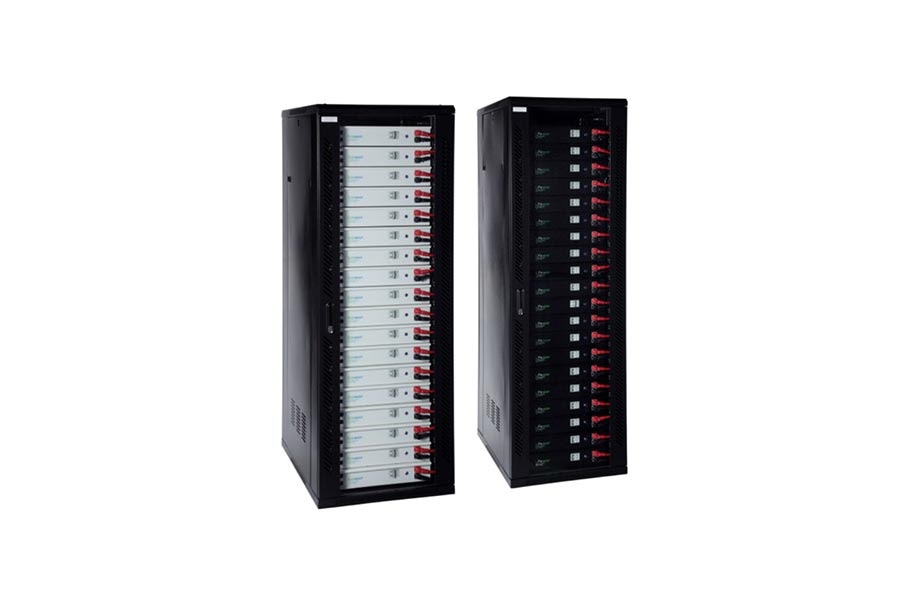Many Australians with an interest in solar find the dynamics between batteries and feed-in tariffs confusing. This is completely normal. After all, it’s true starting a solar installation project can be a little intimidating. Yes, getting a solar installation done can be great – but it’s hard to know where to start. That’s why now is a great time to look at the relationship between batteries and feed-in tariffs in Australia.
Talk to us for Solar Battery solutions and more.
The Basics of Batteries and Feed-in Tariffs
For anyone yet to be familiar with how solar batteries and feed-in tariffs work, a quick recap is worthwhile.
Batteries: Solar panels generate energy during the day. As they do, the excess can be stored in a battery for later use, for when electricity is in need but the panels are not drawing any.
Feed-in tariffs: Feed-in tariffs are a credit that solar panel owners receive for any excess energy they generate with their panels that is then fed back to the grid.
If Not Today, Perhaps Tomorrow
It’s not critical to have a battery in order to gain access to a feed-in tariff. In fact, it’s not necessary to have a battery at all. In such cases, any excess energy will automatically be fed out to the grid. This said, many Aussies installing a solar system do find there’s value in having a battery. Furthermore, many Aussies that right now do not have a solar battery are looking to get one in future, once battery technology advances further.
So although it’s not a hard and fast choice, it’s instead one best thought of as being a question of strategy. It’s held as of December 2020 more than 2.66 million rooftop solar systems had been installed across Australia. Just as many millions more are set to be installed, existing solar installations will get added to, and otherwise modified in years ahead. For example, as well as adding a battery, it’s expected many homes will eventually install a charging station for an electric vehicle (EV) that is charged – at least in-part – by the solar installation.
The Case for Going Double
Installing a solar system is not about the benefits you get on day 1 of its use, but day 100, day 1000, and so on. A solar system can drive down energy costs, and drive up the value of a property. In this regard, getting a battery will make the installation a bigger job, but it means the extra energy the panels generate can be stored, and then later utilised.
A Diminished Appetite for Feed-in Tariffs
It’s necessary to keep in mind that the solar industry is – notwithstanding its ongoing growth – subject to change when it comes to both batteries and feed-in tariffs. Put simply, batteries are getting better as time goes on. In turn, while many governments have sought to implement generous feed-in tariffs to incentivise installations in years prior, the sheer popularity of solar across Australia today means in future the rate of such feed-in tariffs will reduce, and eventually likely come to an end altogether.
But these are issues for the mid-term to long-term. Although there’s always scope for a surprise (especially in this pandemic era), unless your local state or territory government’s feed-in tariff scheme is changing soon, there’s no need to be frantically ringing about solar installers tomorrow looking to get a set of panels up ASAP. In fact, it’s a reality not all solar providers will actually provide a quality installation with quality materials – so taking some time to do some in-depth research and discern what you should avoid when seeking a solar installer is always best.
Where Can I Find Out More About Feed-in Tariffs?
The Australian government has a good starting point for anyone looking to come up to speed on specific rates for feed-in tariffs across Australia. The precise rates for a feed-in tariff can vary across Australian states and territories, and from one energy provider to the next. Many people make use of energy price comparison websites to find a feed-in tariff they like.
It’s also useful to keep in mind that – as aforementioned – these feed-in tariffs can be subject to change. For anyone in Tasmania that finds a tariff they like today, it’s useful to confirm with Coastal Solar how long the current rate will be in operation for – talk to us today.


